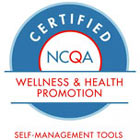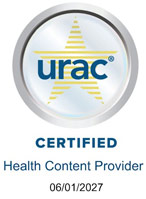A ring, or any ring-shaped object, can get stuck on a finger, toe, penis, or scrotum and cause injury. It presses on blood vessels and causes swelling and pain. This is called ring tourniquet syndrome. In severe cases, it can cause permanent harm to skin. It’s important to remove the ring as fast as possible to reduce the amount of injury.
There are many ways to try to remove a ring that is stuck. The health care team will work together to try different methods. Your finger, toe, penis, or scrotum may be wrapped to reduce swelling first.
A slippery liquid (lubricant) may be used to help ease the ring off. If these methods don’t work, the ring may be cut off with a tool, such as a small electric saw. The provider may use numbing medicine on your finger, toe, penis, or scrotum before trying these methods.
After the ring is removed, your finger, toe, penis, or scrotum is cleaned. If you have cuts or tears in your skin, they will be treated with a bandage and ointment. Your finger or toe may be X-rayed to check for a break in the bone. If the ring was around your penis, the staff will check that you are able to pee normally. You may be given a tetanus shot in your arm to help prevent tetanus (lockjaw).
Home care
After ring removal, your finger, toe, penis, or scrotum may be sore, bruised, and swollen. You may have a bandage. At home:
-
Keep your hand or foot raised to help reduce swelling in your finger or toe.
-
Reduce pain and swelling with a cold compress.
-
Change your bandage if it gets wet or dirty. Apply ointment if advised.
-
Take over-the-counter pain medicine, such as acetaminophen or ibuprofen as needed. Talk with your provider before using these medicines if you have chronic liver or kidney disease, take blood thinners, or have ever had a stomach ulcer or gastrointestinal bleeding.
-
Don’t wear a ring on the finger or toe until it's fully healed and the swelling is gone. If the ring was around your penis or scrotum, don’t have sex until your penis or scrotum is fully healed.
Follow-up care
If you have severe injury to your finger, toe, penis, or scrotum, the provider will tell you what follow-up care you may need. This may include surgery to remove dead tissue.
When to contact your doctor
Contact your provider if:
-
Your pain or swelling gets worse.
-
You have a pins and needles sensation, or numbness in the affected part.
-
You have chills or fever of 100.4°F (38°C) or higher, or as advised by your provider.
-
Bad-smelling fluid is coming from where the ring was removed.
-
You have difficulty peeing or trouble getting or maintaining an erection if the ring was around the penis.

